
The WESCO story
Over 150 years of Wesco: a colourful history with many successes, but also setbacks, many events and a great deal of experience: Wesco is a company with a long history.
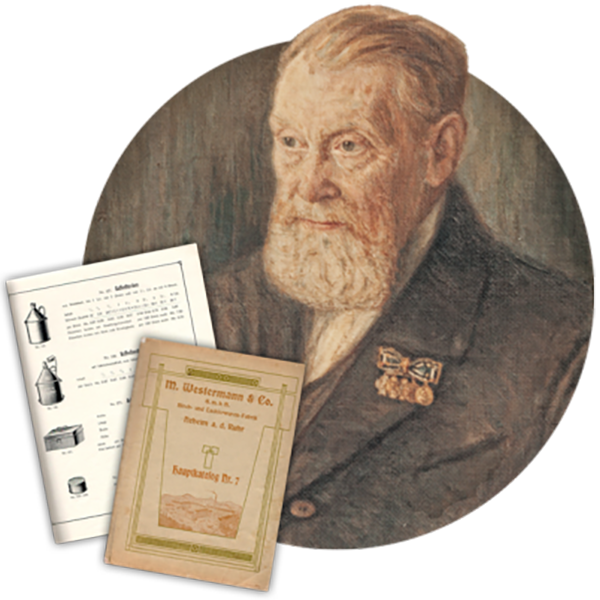
1867
Wesco was founded in 1867 by Martin Westermann, initially as a plumber’s workshop. Around the turn of the century, this business developed into the company ‘Martin Westermann & Co’.
In the following years, new products were continuously added to the manufacturing programme, including coffee bottles for miners. The company increasingly specialised in the processing of sheet metals for household goods and consistently expanded its product range.
In 1909, the company moved to newly acquired factory premises. The manufacturing facilities were completed over the next few years so that the factory was able to produce all the metal household and kitchen appliances available at the time.
The product range included white and hot-dip tin-coated and lacquered sheet metal products for the kitchen and household.
In 1911, the trademark ‘Wesco’ was registered. After the war, the first ‘ash bin’ was added to the product range.
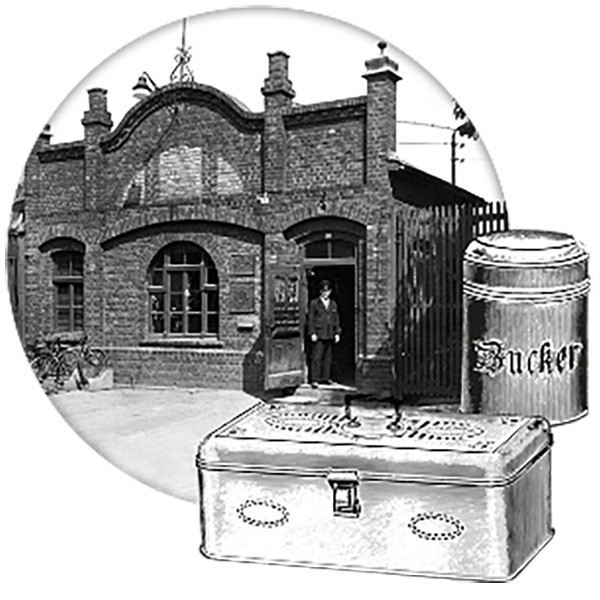
1938
In 1938, the company moved to the former Beume plant in the Hüsten district of Arnsberg, which is now the company’s headquarters.
In the years and decades that followed, the operations were continuously expanded. Today, the company base in Arnsberg is home to a state-of-the-art logistics centre with over 37,000 sqm of storage space. During the Second World War, among other things, Wesco produced collecting tins for the Winter Relief Organisation and various tin containers for the German Air Force.
During this time, 586 forced labourers from various countries worked in the company. In 2000, Wesco was one of the first German companies to pay DM 50,000 to the fund of the foundation ‘Remembrance, Responsibility and Future’ to compensate the surviving forced labourers.
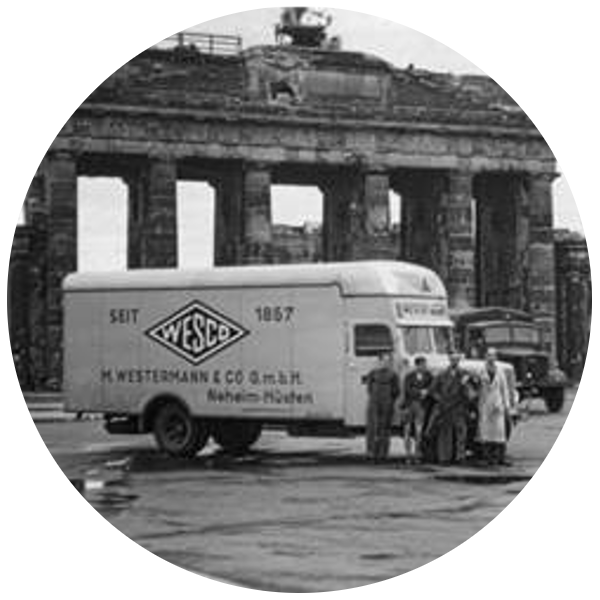
1946
1946 - At the end of the Second World War, Wesco also had to contend with war damage and difficulties in the supply of energy and materials. Operation was halted for several months. In mid-1946, work was resumed.
In 1949, the word and design mark Wesco was registered.
During the years of the economic miracle, the range of bread bins and waste collectors was also expanded. The first ‘pedal bin’ was added to the product range and exhibited at trade fairs. The internal pedal mechanism was a new feature.
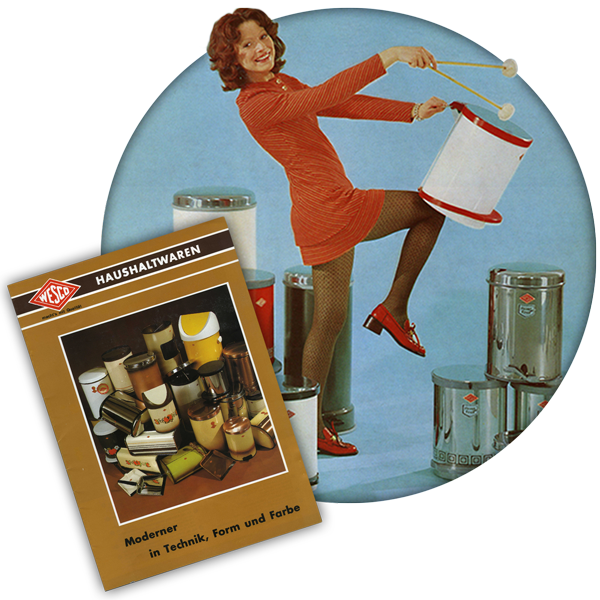
60s and 70s
In the 60s and 70s, waste collectors and bread bins were purely functional objects. Their design and the finishes were in the spirit of the times. While the range became more colourful and the first stainless steel products appeared, the waste bin was still a necessary evil in the kitchen and bathroom and was primarily designed with practical aspects in mind.
Growing mountains of rubbish - and their disposal - were just emerging as a controversial issue among experts in the 80s when WESCO became the first manufacturer to launch the eco-double collector on the market in 1985.
Subsequently, the built-in range was steadily expanded and now comprises more than 250 items with solutions for every requirement and every kitchen.
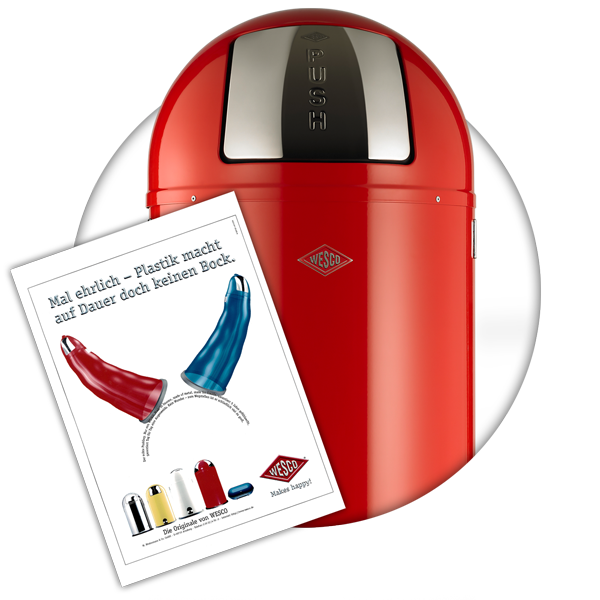
1989
In 1989 a new era dawned at Wesco with the launch of the ‘Pushboy’. Whereas the waste collector had previously been regarded as a necessary nuisance in the kitchen, the Pushboy transformed the ‘ugly duckling’ into a furniture item for the kitchen.
The Pushboy has now become a cult object. It is the godfather of a range of over 60 design products in the area of kitchen accessories and waste collectors. In 1991, the subsidiary H. Dedores & Co. GmbH was founded in Schwarzenberg, Saxony.
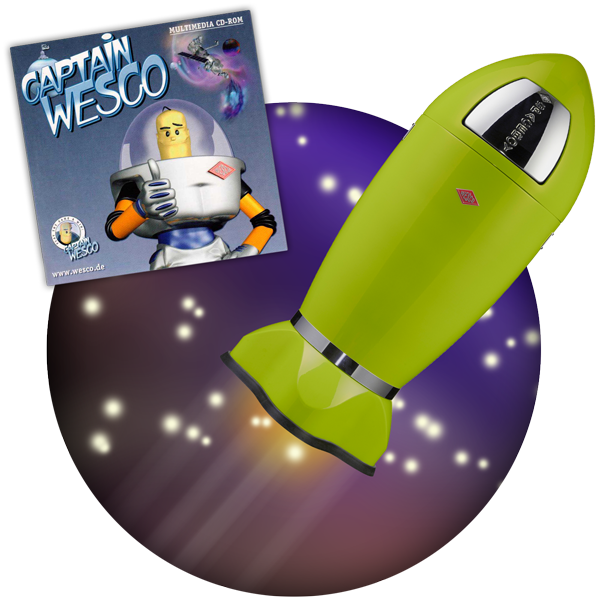
2000
In the years that followed, this decision became the cornerstone of a success story: continuous investment in halls, machinery and surface treatment systems has transformed the plant into a state-of-the-art production site.
After a private visit to Cape Canaveral in Florida in 2000, Egbert Neuhaus, the managing partner of Wesco, designed the SPACEBOY - a waste collector in the shape of a rocket. The successful computer game ‘Captain Wesco’ was created around the SPACEBOY and accompanied by a media and promotion campaign.
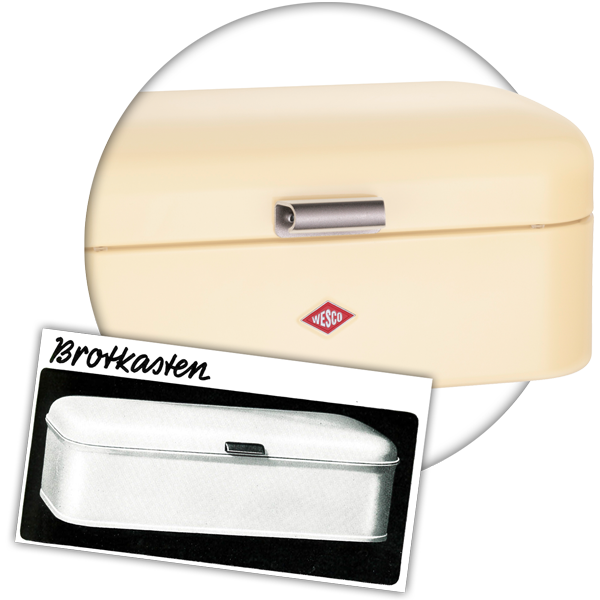
2004
In 2004, the Grandy was launched on the market. A bread bin in retro look, just like you remember from grandma’s kitchen. Hence the name ‘Grandy’, from Grandma.
The Grandy has evolved into a household favourite and can now be found in a multitude of colours in kitchens around the world. For some time now, the Grandy has also been sold as a true design classic in the shop of the Museum of Modern Art (MoMA) in New York.
Over the years, the Grandy family has expanded to include a Single Grandy for households with limited space and a Mini Grandy.
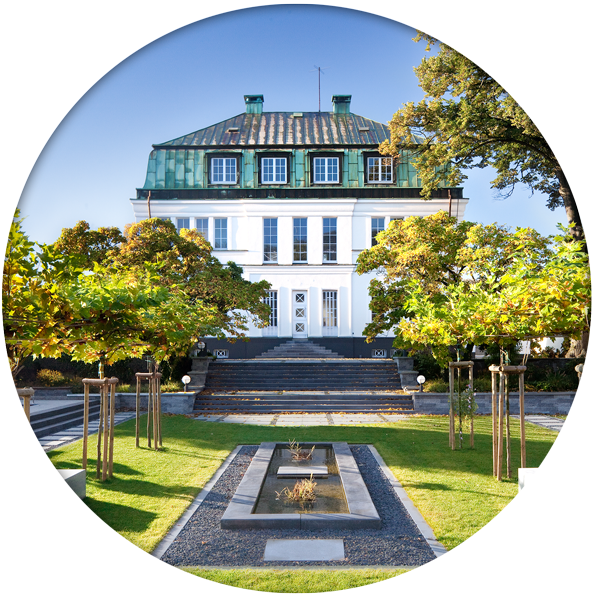
2011
After extensive renovation work, in 2011 the brand experience centre VILLA WESCO was created at the WESCO company premises in Arnsberg, with an outlet, furniture exhibition, cookery school and restaurant. The centrepiece is the listed Gründerzeit villa.
The VILLA WESCO has welcomed around 600,000 visitors since it opened.
With a range of smaller-sized products, WESCO now started catering to the growing number of single households. In 2012 for example, the bread bin ‘Single Breadboy’ was successfully launched on the market as a smaller version of the WESCO classic Breadboy, along with the waste collectors Kickmaster jr, Single Boy and a new edition of the Pushboy jr.
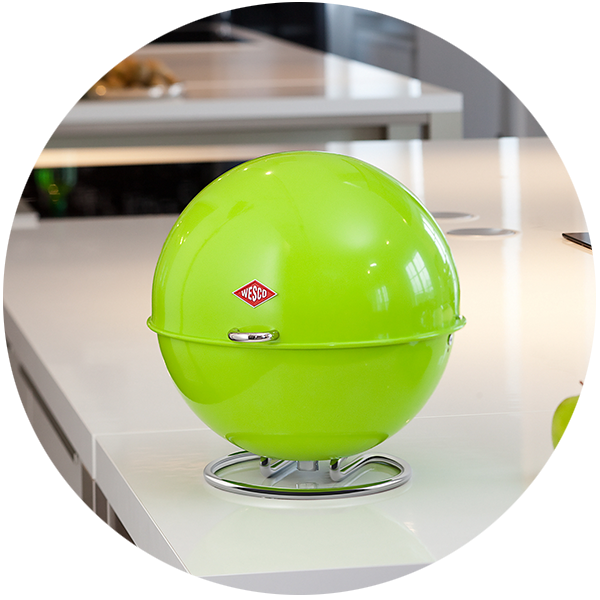
2014
The ‘Superball’ was also designed to be space-saving. The stylish metal ball can be used both as a bread bin and as a hygienic storage place for vegetables, fruits or pastries.
The range of kitchen accessories was continuously expanded. Under the heading ‘Metal Space’, a series of new storage containers and tableware products was launched onto the market in 2014.
After winning the South Westphalia marketing prize, in 2015 Wesco received the award Best of DMV from the German Marketing Association.
The award was presented for consistent brand management in the field between tradition and progress, through which the company has developed a consistent brand architecture and an outstanding position on the consumer market.
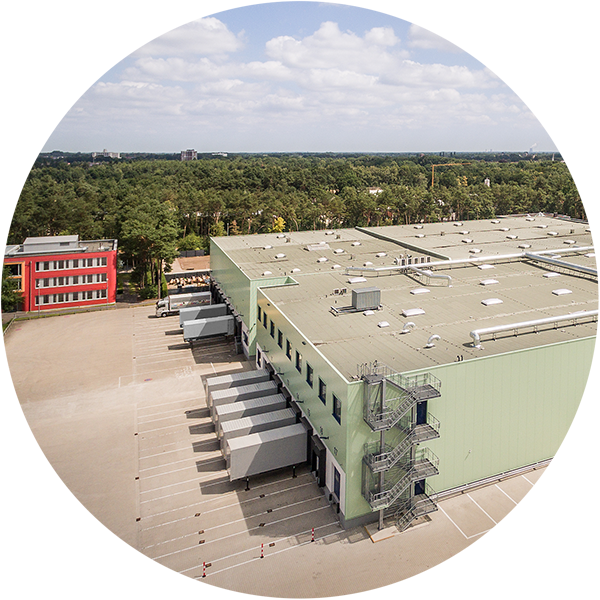
2024
Since March 2024, Naber GmbH, leading provider of kitchen accessories based in Nordhorn, is continuing the WESCO tradition. Naber develops, produces and sells a full range of high-quality kitchen accessories and takes over the marketing and sales of WESCO products.
The design and quality of the popular WESCO products are a perfect match for Naber! And the extensive WESCO range remains available.
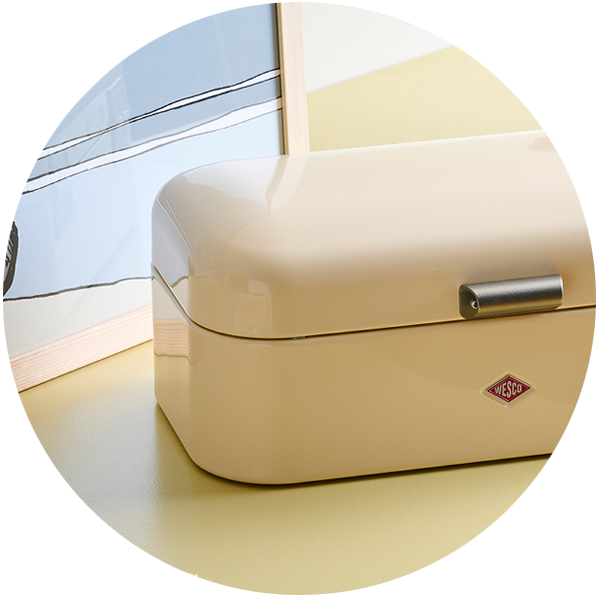
2025
With the relaunch of the wesco.de online shop in March 2025, Naber enables perfect digital shopping experiences. In the WESCO product groups waste bins, storage and outdoor, classics, favourites and newcomers are explained and visualised in detail.
In addition to user-friendly technologies and transparent ordering processes, the service includes high-performance logistics for short delivery times.
